As we head towards the end of 2021 we wanted to share some reflections on the Sex, Drugs and Scotland’s Health conference, and look ahead to plans for the Scottish Interdisciplinary Research in Sexual Health (IReSH) Network in 2022.
We recognise that 2021 has continued to be a challenging year across the sector, including for IReSH members and partners. While Scotland has moved into what has been described as a period of COVID recovery, and plans are set out to ‘reset and rebuild’ sexual health and blood borne virus services across the country, individuals, communities and organisations continue to navigate uncertainties that demand ongoing adaptations to ways of working and connecting with one another. Within the IReSH network we have continued to focus on our aim of bringing together people from academia, the third sector, health practitioners and communities to collaborate and coordinate research activities related to sexual health and blood-borne viruses. Much of the focus of IReSH members in 2021 has been on the Sex, Drugs and Scotland’s Health conference co-hosted by us and HIV Scotland.
Drawing on the aims of the IReSH network, the conference sought to bring together people across the sector to share research and practice, provide a space to listen and reflect on work done, and consider current and future challenges. The conference was originally scheduled to take place in Dundee in June 2020, but COVID-19 meant that the event had to be reimagined for a pandemic world. It was clear that the conference would need to bring the sector together virtually to share important learning, and lots of work focused on how to do this in a meaningful and inclusive way. The ‘pause’ also provided a chance invite presentations on the rapid and far-reaching shifts in practice across NHS and community services, in response to the unfolding public health crisis, and their implications for sexual health and social justice beyond the pandemic.
We know that many of you reading this were able to join us for the conference, and we hope that you enjoyed it as much as we did. As much as we would have liked to attend everything, the sheer range of presentations and parallel sessions made that impossible (in a good way!). With that in mind we want to highlight that many of the recorded sessions are available through our conference co-hosts – HIV Scotland – YouTube Channel. This is an important IReSH and HIV Scotland resource, and we are delighted that it offers the opportunity to watch and learn from sessions you may have missed. We thought we would highlight just a few. The sessions included a diversity of topics and issues, including multiple presentations around sex and drugs (part 2), chemsex, innovations in HIV testing, Hep C eradication and prevention, the role of digital sexual health in delivering health services, sex and diversity in later life and learning from good practice in coproduction in peer support activities. There was a timely session focusing on developments in abortion care, considering what has changed in abortion care over time, and reflecting on future directions in Scotland. We had great presentations on diverse aspects of HIV including the experiences of people living with HIV, healthcare use and post-AIDS health promotion. We heard about the importance of public health and decriminalisation approach to sex work and drug use, learned about digital intimacies, smartphones and gay men’s sexual wellbeing, and focused on the value of partnership working in encouraging people to talk about sex! We hope that these resources may continue to spark conversations and interest in new collaborative research projects.
Another highlight of the conference were the roundtable discussions on trans health, racism and sexual health and wellbeing, the sexual health and wellbeing needs of migrant communities, asylum seekers and new entrants to Scotland, drug deaths in Scotland, chemsex, and intergenerational perspectives on consent. Roundtables offered a safe space to bring people together to engage in action oriented discussions, with a focus on advancing work in these areas – IReSH plans to take forward related workshops in 2022 and beyond.
The closing plenary brought together the Minister for Public Health, Women’s Health & Sport, Maree Todd MSP with partners from IReSH and HIV Scotland to highlight successes in the sector wide response to the pandemic, as well as reflections on future challenges.
We know that we face continued challenges in sexual health and blood borne virus sector and in our efforts to bring about social justice, and we must ensure that we can learn from and listen to each other and work together to support sexual health, wellbeing and social justice in Scotland. We trust that this conference has made an important contribution to these collective efforts, and IReSH looks forward to supporting collaborative work to build on and extend keys issues over the coming year. Look out for events, discussion groups and networking events throughout the course of 2022!
Wishing you all happy time over the holidays.
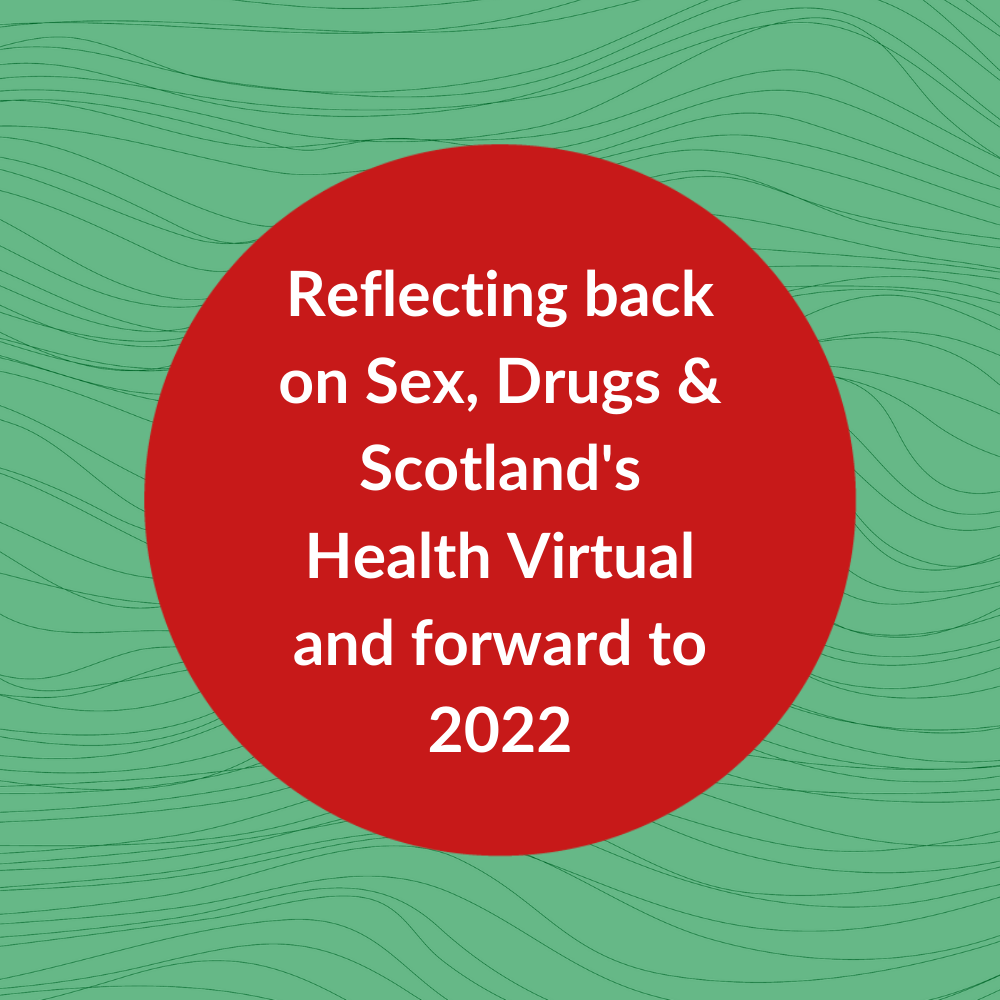
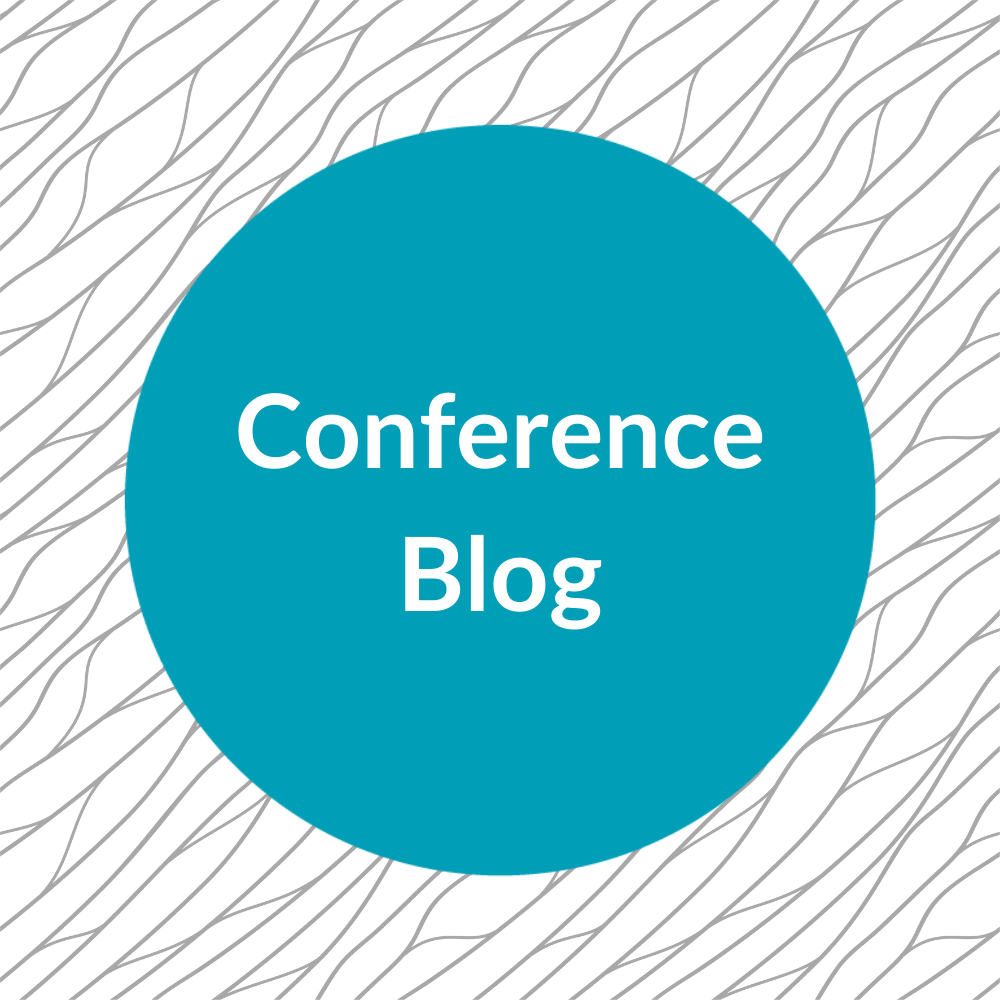


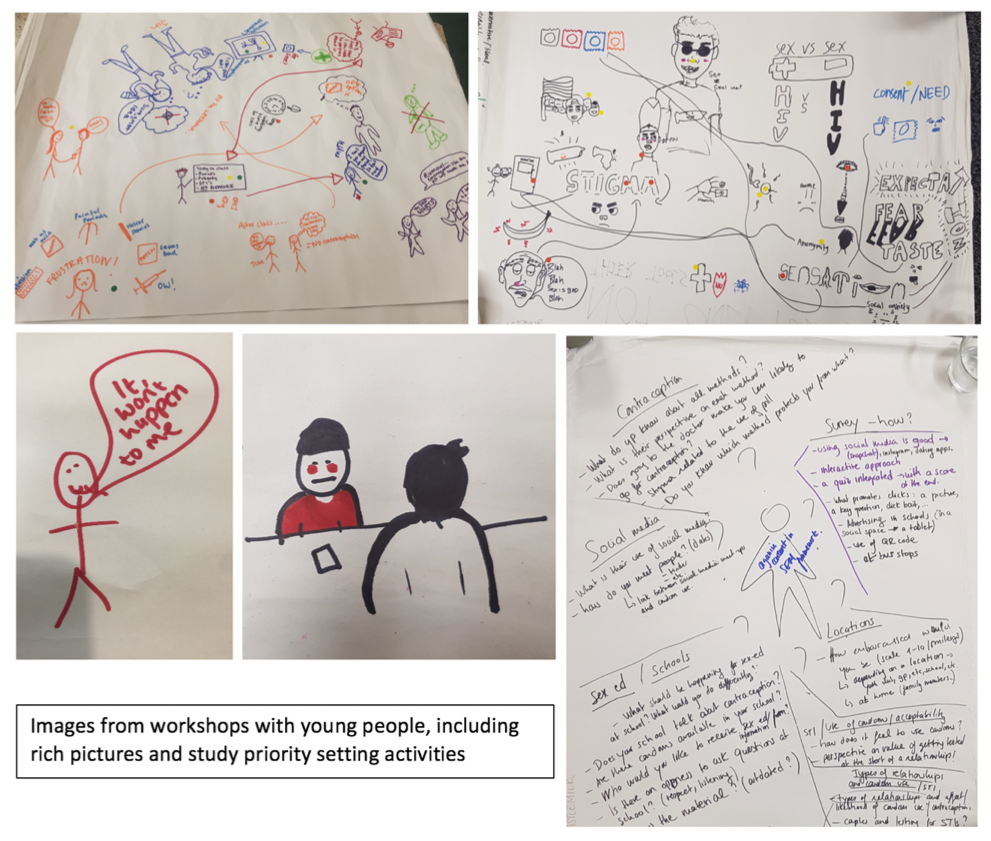
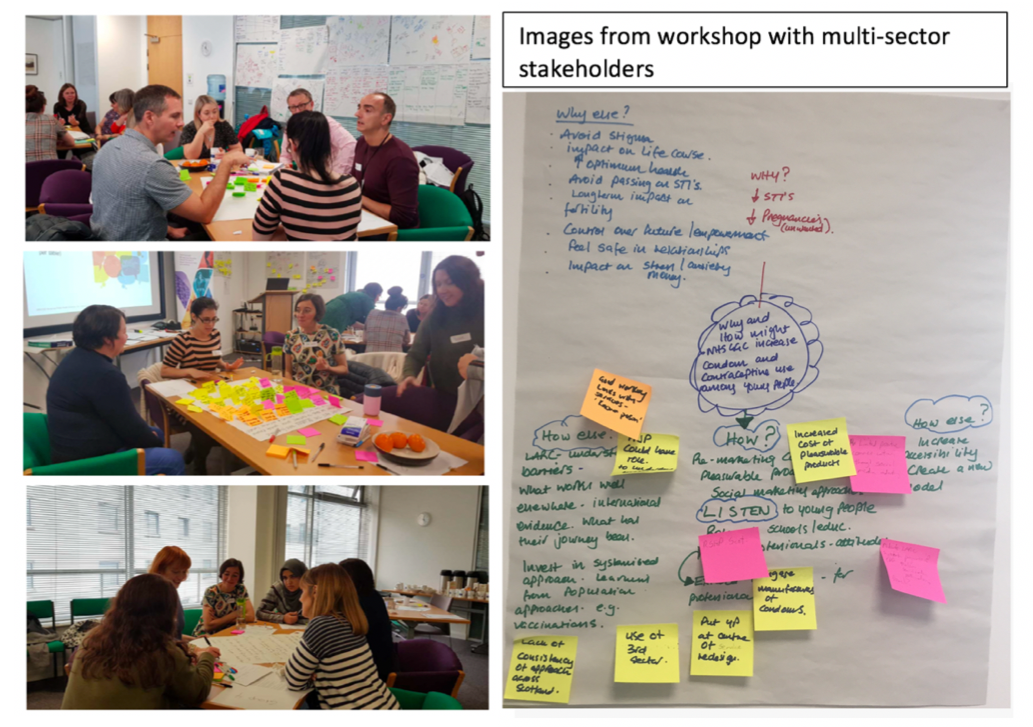

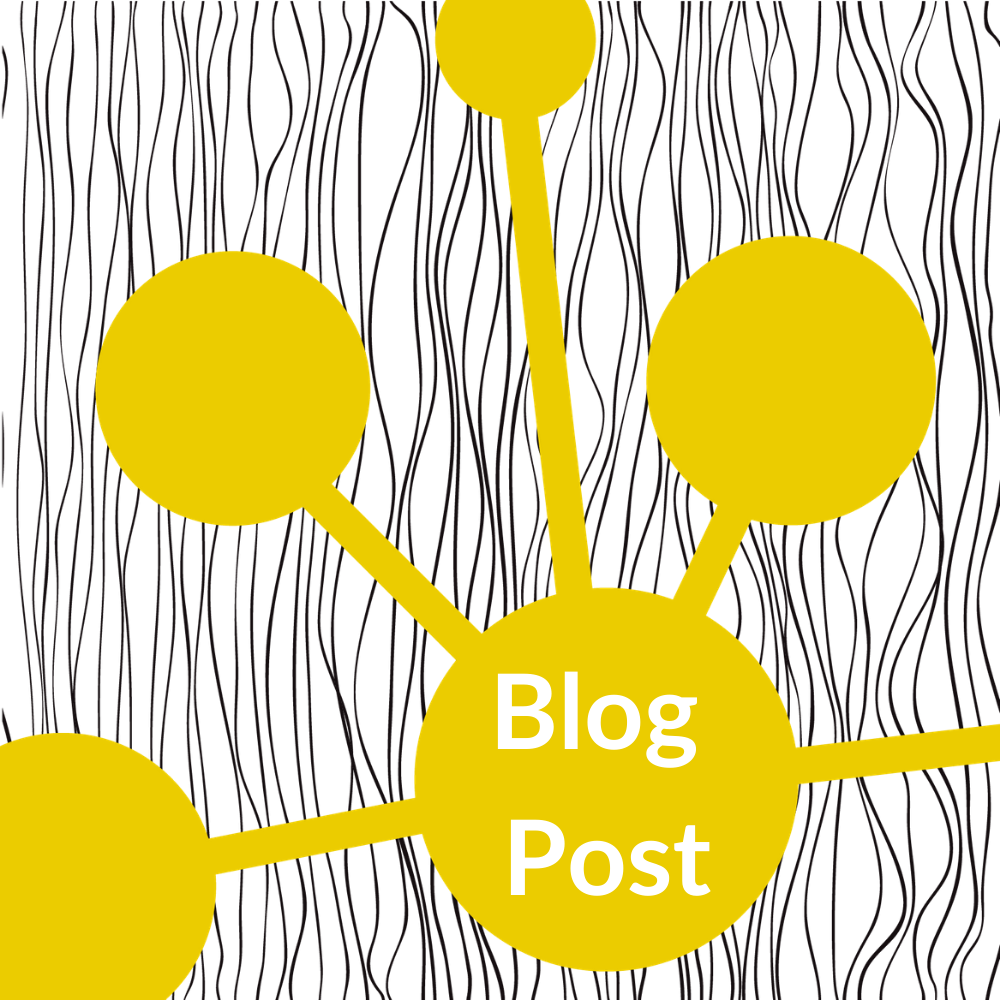

Share this post: